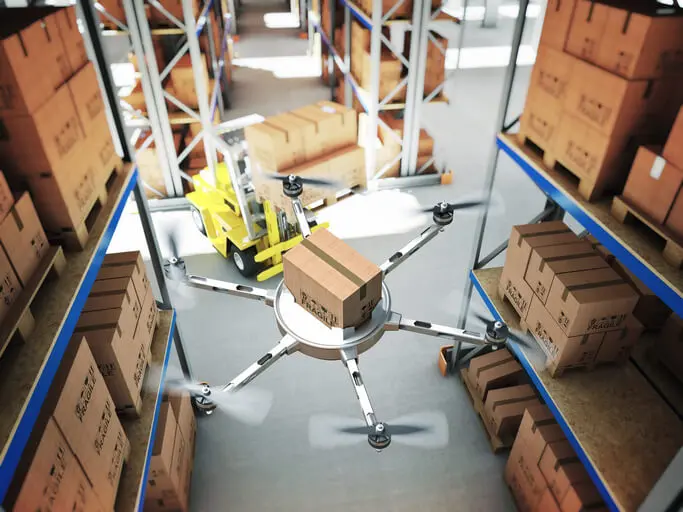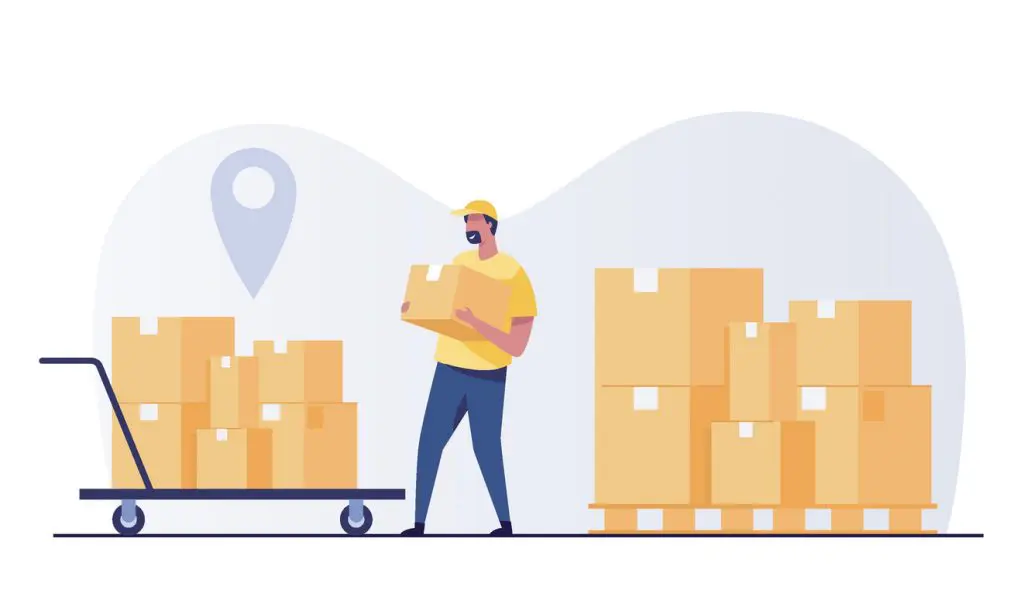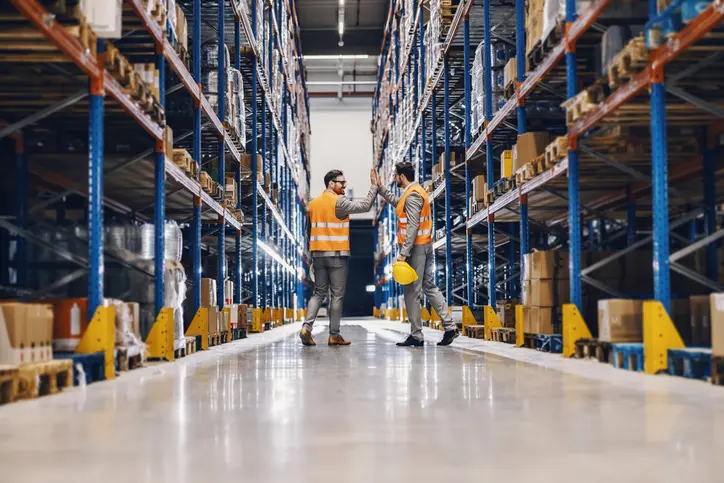Trying to have just enough product without drowning in it is pretty much the core struggle of modern retail. In a world driven by fast-moving trends and fickle demand, getting that balance right can feel like a total shot in the dark. But the era of relying on gut feelings and clunky spreadsheets is officially over. Today, staying profitable means getting smarter, and that’s where inventory optimization software comes in. This isn’t just a fancy stock-counting tool; it’s a strategic brain that uses data to automate and sharpen your inventory calls, turning pure guesswork into a serious competitive edge.
The Real Financial Drain of Inefficient Inventory
Before we even get to the savings, you have to appreciate the thousand little ways a poorly managed inventory bleeds money. These are the quiet costs, the ones that don’t show up as a single line item but collectively chew away at your profit margins. It’s the silent reality for any business still running without a clear, data-backed plan for its stock.
The Overstocking Trap
Piles of excess inventory are so much more than a storage headache; they’re a direct hit to your bank account. The most obvious bleed comes from carrying costs—that lovely mix of warehousing fees, insurance, and the capital just sitting there, gathering dust. That’s money that could be funding your next marketing campaign. To get rid of this “dead stock,” you’re forced into aggressive markdowns that torch your margins. And if you’re in a fast-paced field like fashion or tech, the clock is always ticking towards product obsolescence, where today’s hot item becomes tomorrow’s worthless junk.
The Stockout Domino Effect
On the flip side, running out of a popular product is just as catastrophic. The immediate hit is the lost sale. Simple enough. But the real damage is the chain reaction that follows. A frustrated customer who can’t get what they want will find a competitor who has it—and they might just decide they like shopping there better for good. That’s how you lose brand loyalty. That single out-of-stock moment can cost you a customer’s entire lifetime value, a loss that dwarfs the price of one single item.
How Optimization Software Actively Reduces Costs
This is where inventory optimization software steps in to stop the bleeding. It injects precision and foresight into your entire operation, with core functions designed to translate messy data into clean, cost-saving actions.
Data-driven Demand Forecasting
The secret sauce is its almost uncanny ability to predict the future. By crunching historical sales, seasonality, market trends, and even the impact of your planned promotions, the system builds a seriously reliable demand forecast. This single feature flips your whole purchasing strategy from reactive to proactive. You stop ordering based on what you sold last month and start ordering based on what the data says you’ll sell next month. That alone drastically cuts the risk of being over or understocked.
This is exactly where Intuendi shines. Our AI-powered platform takes forecasting to the next level, helping you order with precision, cut carrying costs, and prevent costly stockouts—all while freeing up capital for growth.
Automated and Intelligent Replenishment
But a good forecast is just the beginning. The software then automates the entire reordering process. It monitors sales in real-time, factors in how long it takes your suppliers to deliver, and figures out the perfect moment and quantity for the next order. This intelligent replenishment doesn’t just save a massive amount of human hours; it eliminates the costly “oops” moments and human errors that create inventory chaos in the first place.
Dynamic Pricing and Markdown Optimization
The most sophisticated platforms will even help you manage a product’s entire lifecycle. The software can spot a slow-moving item way before it becomes a five-alarm fire. From there, it recommends strategic, timely markdowns to clear out that stock while getting back as much cash as possible. It’s the difference between a small, controlled price cut now and a massive, margin-killing clearance sale later.
Quantifying the Annual Savings: A Breakdown by Retailer
So, what does this actually look like in dollars and cents? While every business is different, the data from companies that have made the switch paints a very clear picture.
Savings for Small to Medium-sized Businesses (SMBs)
For smaller retailers where cash flow is everything, the impact is a game-changer. These businesses typically report a 15-25% reduction in carrying costs, which frees up critical cash for growth. At the same time, by simply preventing stockouts on popular items, they often see a 5-10% increase in sales. This tech effectively gives them the analytical power of a huge corporation, leveling the playing field.
Savings for Large Enterprises and Multi-channel Retailers
For the big players, the savings scale up into astronomical figures. When you’re running hundreds of stores plus a huge e-commerce site, a tiny 2% improvement in inventory turns can translate into millions of dollars in freed-up capital. This software excels at untangling that complexity, coordinating stock across a massive supply chain to make sure the right product is in the right place at the right time. The result is a massive drop in waste, shipping costs, and lost sales across the entire organization.
Beyond the Balance Sheet: Strategic Long-term Benefits
The real value here goes way beyond the immediate savings. Think of it as a strategic asset for the long haul. When you consistently have what people want, you deliver a killer customer experience, which builds the kind of loyalty that creates customers for life. Your company becomes financially healthier because your working capital is actively working for you, not sitting in a box. And let’s not forget the sustainability angle—drastically reducing waste from obsolete products is a powerful story to tell in an era of conscious consumerism.
Navigating the Challenges of Implementation
Let’s be realistic: this isn’t a magic wand you can just wave over your business. Any major upgrade requires some groundwork. There’s the initial financial investment in the platform and in getting your team trained up. The technical integration has to be seamless, ensuring the new software talks perfectly with your existing POS or ERP systems. But most importantly, the whole thing lives or dies by your data. The software is only as smart as the information you feed it, so having clean, accurate data is completely non-negotiable.
When you add it all up, the annual savings are massive and come from every direction—from lower carrying costs to higher sales and smarter markdowns. But calling this technology an “expense” is missing the bigger picture. It’s a fundamental investment in a more resilient, efficient, and profitable future for your business. It’s about shifting from a model based on chance to one where every single decision is driven by intelligence.






